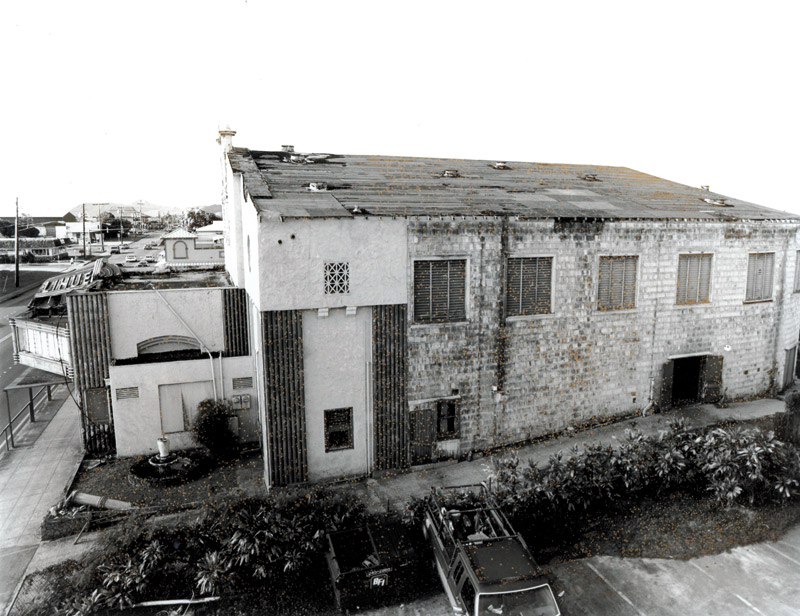Hitting Pay Dirt
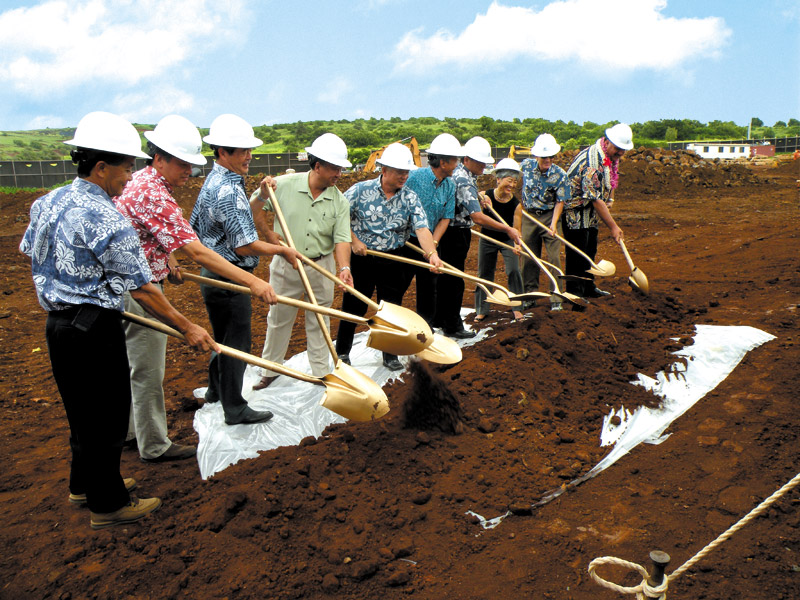
Kaua‘i Housing Development Corporation held a groundbreaking ceremony for phase two of its Pa‘anau Village in Koloa. PHOTOS COURTESY KAUA‘I HOUSING DEVELOPMENT CORPORATION
Kaua‘i Housing Development Corporation has been converting parcels of land into affordable homes for more than 20 years, and it hopes to continue its upward trajectory with the help of generous land donors.
The median home price on Kaua‘i hovers around a staggering $700,000 — a value that exceeds what many working-class families on the island can afford. That’s why nonprofit Kaua‘i Housing Development Corporation is attempting to provide as many affordable housing options for lowto moderate-income families as possible in the coming years. And as the population continues to climb, the need for organizations like this are paramount.
“It’s not getting any better,” says Wanda Shibata, who serves as KHDC’s board secretary.
Since its start in 1992, KHDC has helped many families find homes. About 20 years ago, its first project, Hale Kūpuna Senior Housing in Kalāheo, broke ground. Four more KHDC properties were successively designed and developed — Līhu‘e Theatre Senior Housing, Kālepa Village phases two and three, and Pa‘anau Village phase two. Hale Kūpuna consists of 28 units, Līhu‘e Theatre contains 21, Kālepa Village has a total of 80 and Pa‘anau Village offers 50 units. But these numbers are still not enough for the many people who earn below the median household income.
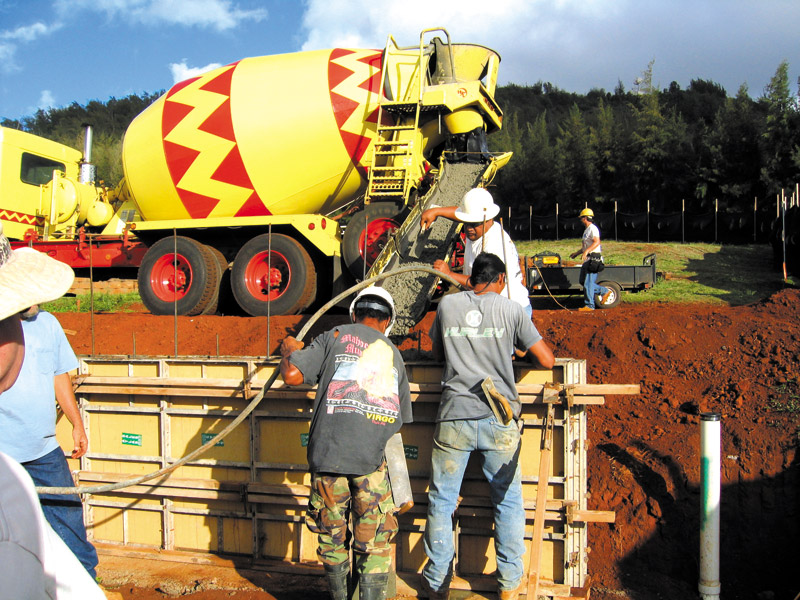
Construction activity at one of Kaua‘i Housing Development Corporation’s phases of Kalepa Village in Hanam~‘ulu.
“Our waiting list is about a mile long,” says Dennis Nakahara, who has been a member of the KHDC board since the early 1990s.
Tom Shigemoto, KHDC’s newly elected board president, has plans to help get these folks into homes. His first priority for 2018 is to hire a full-time executive director to lead the group and help execute more projects, especially in partnership with the County of Kaua‘i.
“Once we find the right person, our immediate goal is to go after projects that the county may be working on or what’s available out there,” he says.
When the position is filled, KHDC will bid on as many projects as possible.
“We’re hot on the trail to do that,” says Shigemoto.
He also plans to form committees that will help KHDC run more smoothly. He has in mind, for example, one that’s focused on government relations with representatives who would work closely with entities like Kaua‘i County Housing Agency.
“Which is key to our success,” adds Shigemoto, vice president of planning for A&B Properties. “The closer we get to them, the possibilities of us getting projects approved is greater.”
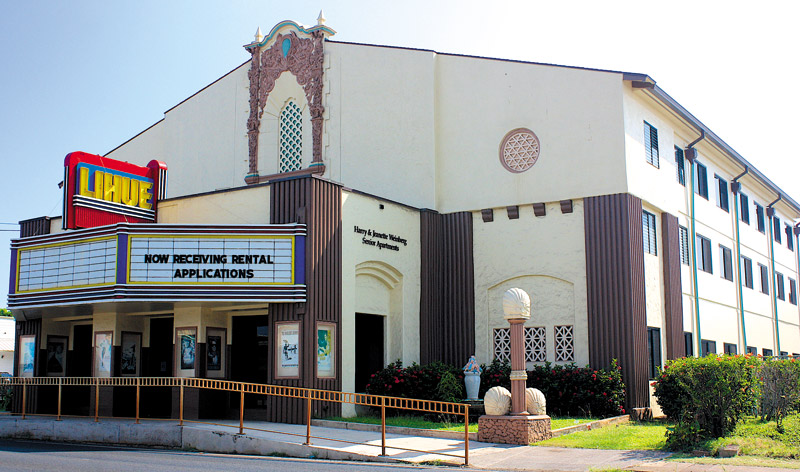
Lihu‘e Theatre after Kaua‘i Housing Development Corporation turned it into the Harry and Jeanette Weinberg Senior Apartments.
Funding for KHDC is largely provided through tax credits, which Shigemoto explains is a unique and complicated mechanism. Without tax credits and grants from the federal government, KHDC wouldn’t be able to do what it does.
There are plenty of other challenges the group faces, like finding landowners willing to donate. Even so, when land is donated to the county for affordable housing purposes, for example, that doesn’t necessarily make it financially viable for KHDC to develop, especially if initial infrastructure is lacking.
“Then you start adding up costs and it makes it infeasible because it’s just impossible,” says Shigemoto. “People don’t realize how difficult it is to do these developments and all the challenges faced.”
One of the things KHDC would like to see happen is for the county to proceed with creating sixto eight-story buildings beyond the current allowable height of four on streets in Līhu‘e that already have the necessary infrastructure like sewage and water. The sooner the approval for this occurs, the sooner people can potentially get into affordable homes.
“For the people that need them,” says Shigemoto, who has been a member of the KHDC board since 2003.
The good news is that KHDC has 10 board members who all volunteer their time and come from well-rounded backgrounds for facilitating development projects. Nakahara, for instance, is an appraiser, and Shibata is the Kaua‘i representative for Webco. And besides working for A&B Properties, Shigemoto has held several prestigious positions, including planning director for County of Kaua‘i.
“That’s what makes the board strong; the board is complemented by all these different, unique assets,” says Shibata. “Everyone contributes and brings different things to the table, which balances out the board. When we look at community development, we take a look at everything.”
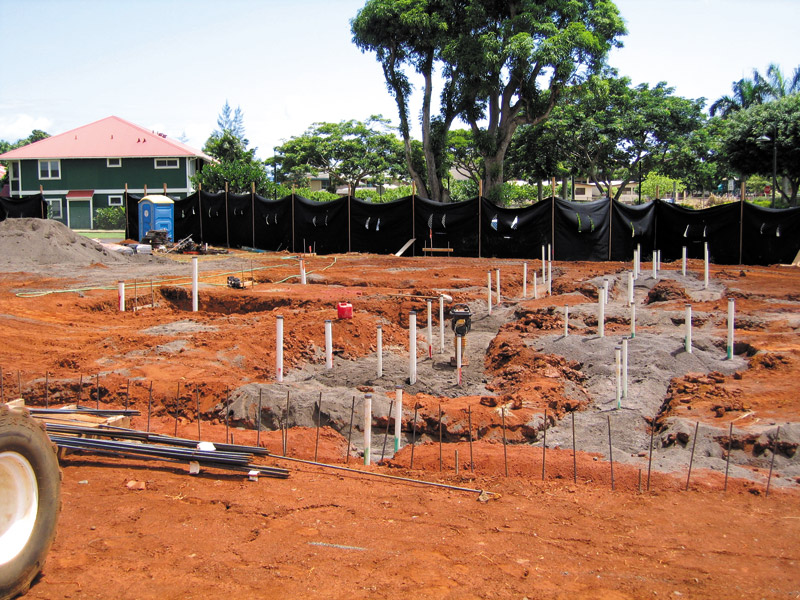
Kaua‘i Housing Development Corporation is responsible for making two of K˛lepa Village’s four phases possible.
And while serving on the board is not an easy task, the rewards outweigh the challenges. By making places like Pa‘anau Village in Kōl oa available for reasonable rental fees between $650 and $850 for one-, twoand three-bedrooms, board members are helping kama‘āina find housing.
“At the end of the day, you can leave and you have a good sense that you contributed to Kaua‘i,” says Shibata. “We’re preventing people from going homeless.”
Call 245-5937 for more information.


